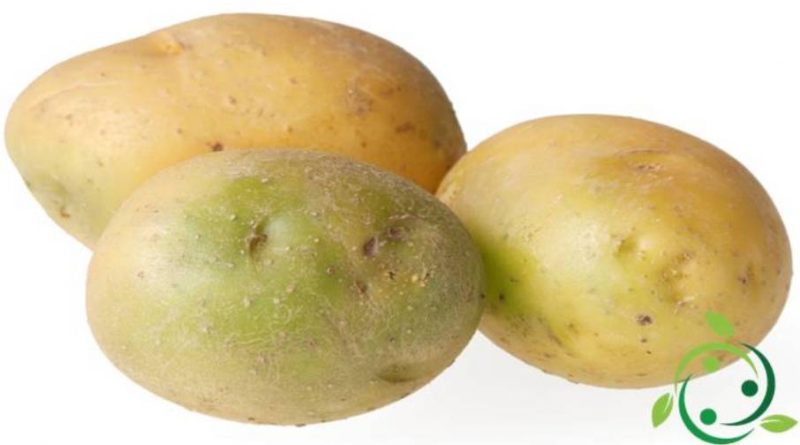Solanine
Solanine
Solanine is a toxic glycoside alkaloid, produced and contained by some solanaceous plants. The solanaceae are a family of dicotyledonous angiosperm plants, of which some edible and other poisonous. This alkaloid is present in all parts of these plants (including leaves, fruits and roots), especially in still unripe fruits, which disappears or turns into other substances, harmless or healthy, when the fruit is ripe. Solanine plays a role in defending the plant against fungi and insects and is also toxic in modest quantities. In the potato, for example, solanine is present in low doses (less than 10 mg per 100 g) and is found in a higher concentration especially in the peel, which is why it is always better to remove. In green tubers the concentration is higher, giving it a bitter taste. In the potatoes turned green by exposure to light or cold, the concentration of solanine is much higher, in some cases it can reach 100 mg / 100 g.
As a food safety limit, the solanine content in potatoes should not exceed 25 mg per 100 g. Remember that solanine is not very soluble in water and is not completely eliminated by cooking or frying. The degradation of the solanine occurs at temperatures above 243 ° C.
In the case of ingestion of high quantities of solanine, gastrointestinal and neurological disorders are felt. The symptoms are: nausea, diarrhea, vomiting, stomach cramps, throat burning, headache and dizziness. In the case of solanine intoxications, there are also: hallucinations, paralysis and fever in the most severe cases. Solanine intoxication seldom causes death but there may be cases of hemorrhaging, especially of the retina.
The symptoms of solanine intoxication occur on average from 8 to 12 hours after ingestion but these times are reduced considerably with high concentrations.
Warning: The information reported is not medical advice and may not be accurate. The contents are for illustrative purposes only and do not replace medical advice.

